Benchmark Problems for Acoustical Parameters
Column 3:
Detecting the location of direct sound
Introduction
In this section, the C80 that is utilized to evaluate the clarity is investigated as an acoustic index calculated from impulse responses. There are two issues to be considered when calculating C80; one is whether the starting points of impulse responses are determined correctly under the condition of a certain background noise, and the other is whether the time-window and filtering to impulse responses are correctly undertaken. Here the study regarding the former issue is introduced.INFLUENCE OF STARTING POINT DETERMINATION UNDER BACKGROUND NOISE
In the Annex A of the article ISO3382-1-1:2009 [2], it is mentioned that “the start of the impulse response for the equations given in A.2 should be determined from the broadband impulse response, where the signal first rises significantly above the background but is more than 20 dB below the maximum.” However, under the condition of a background noise, the starting points may not be determined correctly depending on the threshold value and may cause some errors in the calculation of the C80. In this section, the influences of the background noise are investigated while changing the threshold value for determining starting points.Using the same impulse responses introduced in the section 2, the C80 values of each response were calculated while changing the threshold value from 0 dB to -60 dB below the maximum value of the signals. Figure 1 shows the echo time pattern of the SNPEAK 30 dB, as an example, together with the threshold lines. The point where the signal first rises above each threshold line is determined as a starting point.
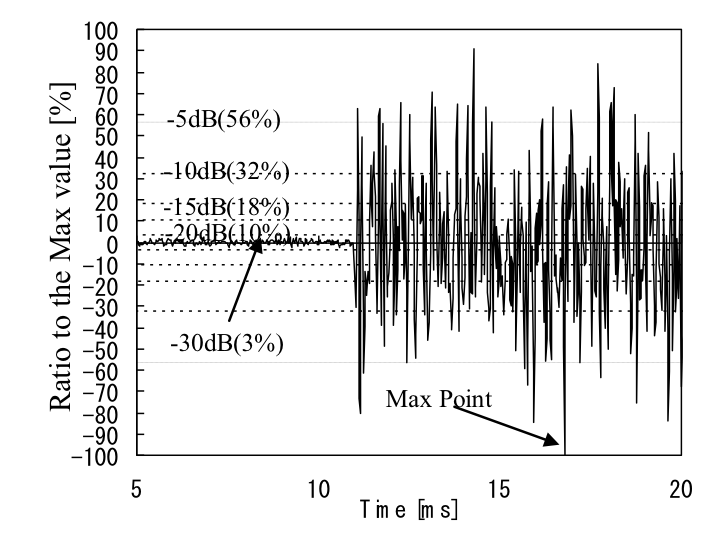
Figure 1: Echo time pattern of S/NPEAK 30 dB with the threshold line.
Figure 3 shows the zoomed result of the Figure 2. The same point (528 samples) is determined as a starting point at the threshold of -20 dB or lower, and higher than each S/N. However, for the threshold higher than -20 dB, the starting point is detected forward with a few samples.
In order to examine how much these errors influence the results of the C80 calculation, the relation between the threshold and C80 value was investigated. The results at the frequency 1 kHz is shown in Figure 4, as an example. The C80 values are same when the threshold is set higher than SNPEAK under the condition of SNPEAK higher than 40 dB. However, when the threshold is set lower than SNPEAK, the C80 values differs from the correct value by 1 dB or more. On the other hand, when setting the threshold higher than -20 dB, the C80 value is almost correct even though the starting point is not detected correctly. This is because the density of the reflections is same throughout the signals, since each signal is created from the white noise. Furthermore, under the SNPEAK of 30 dB or lower, the C80 is lower than the correct value even with the starting point detected correctly by setting the threshold as -20 dB. This is because of the integration of the background noise energy.
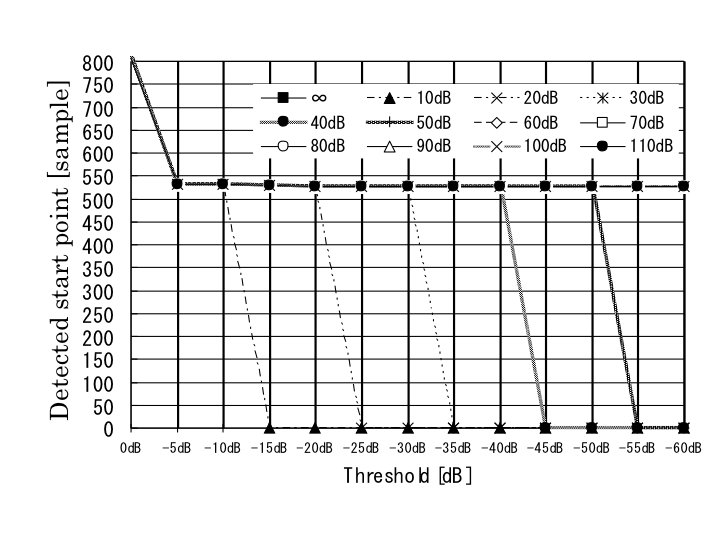
Figure 2: Results of the detected starting points.
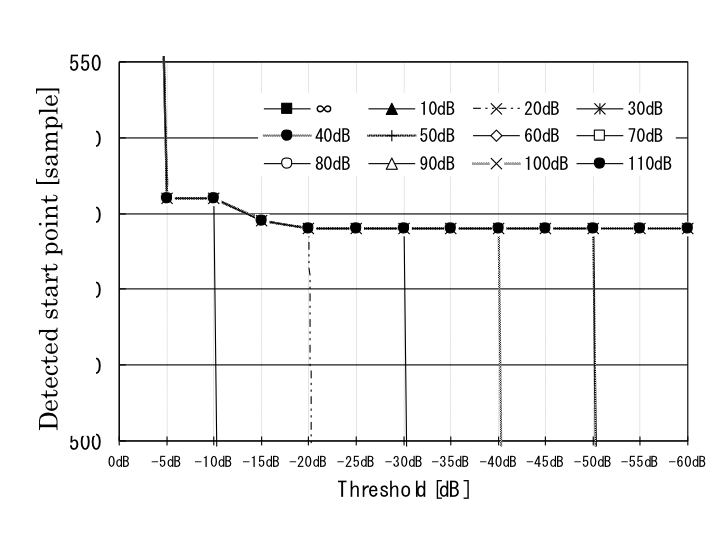
Figure 3: Results of the detected starting points (around 528 samples).
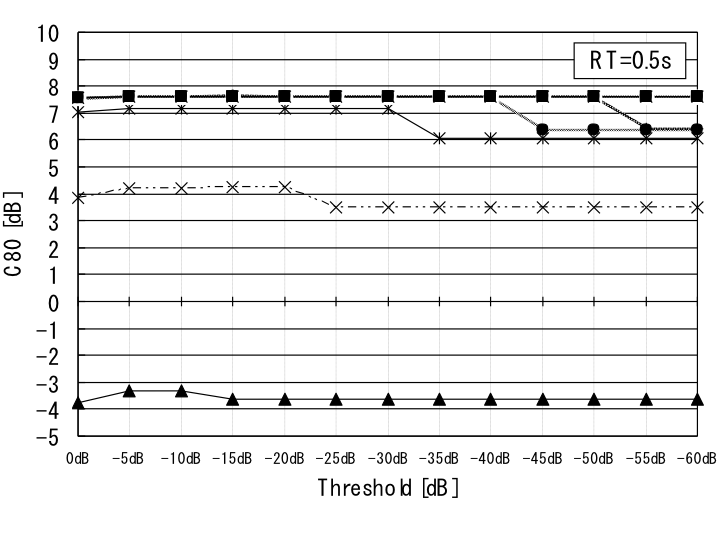
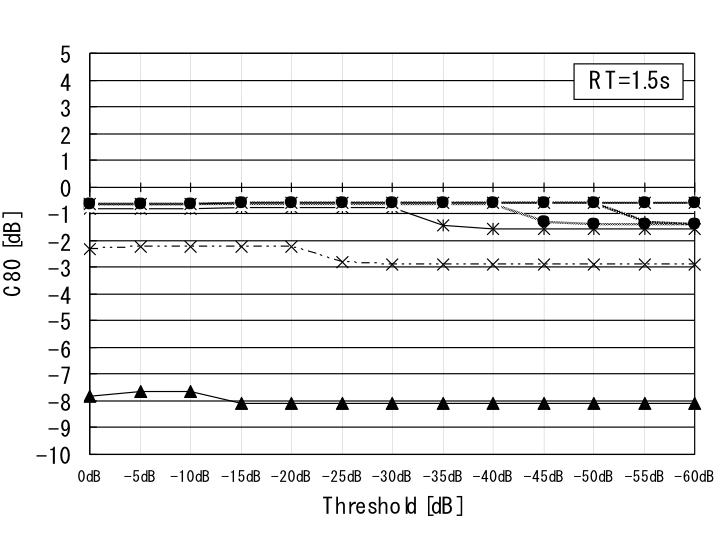
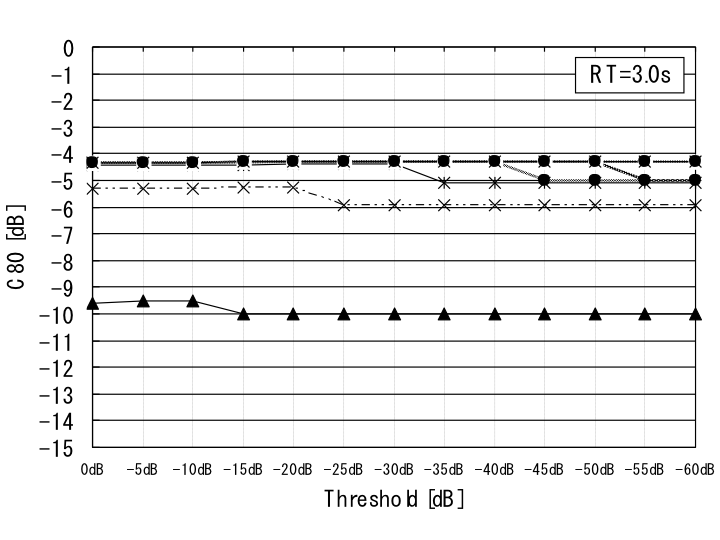
Figure 4: The influence of SNPEAK and threshold on the calculation of C80.